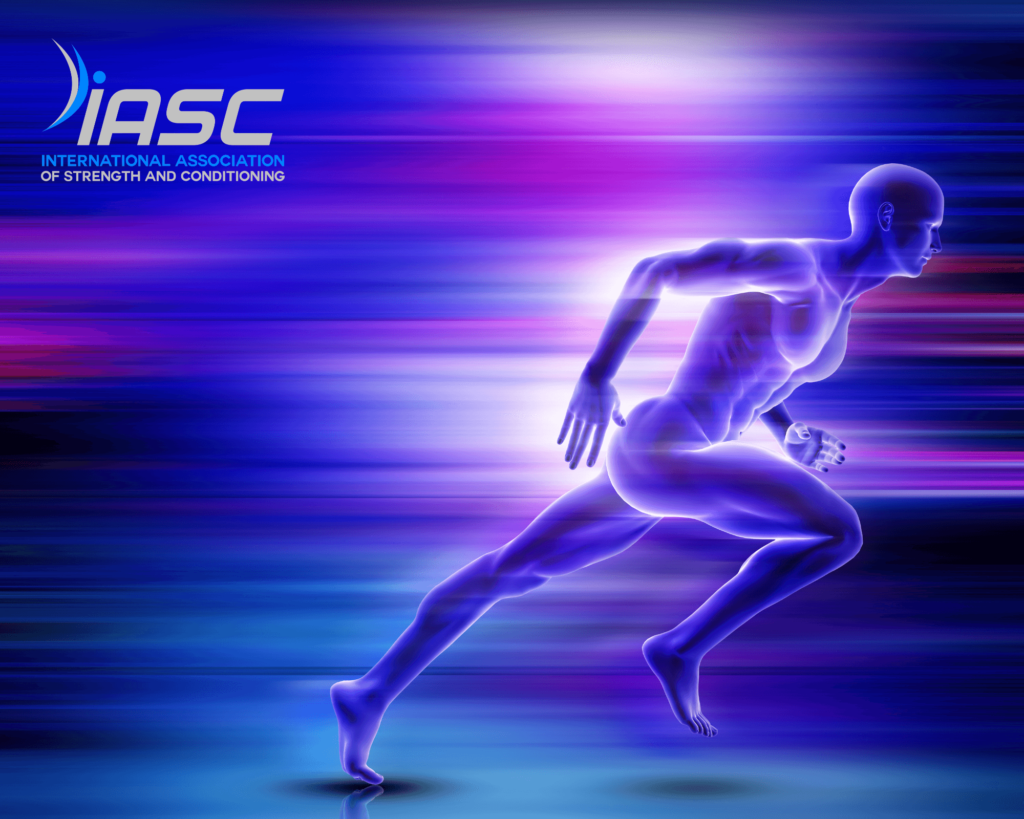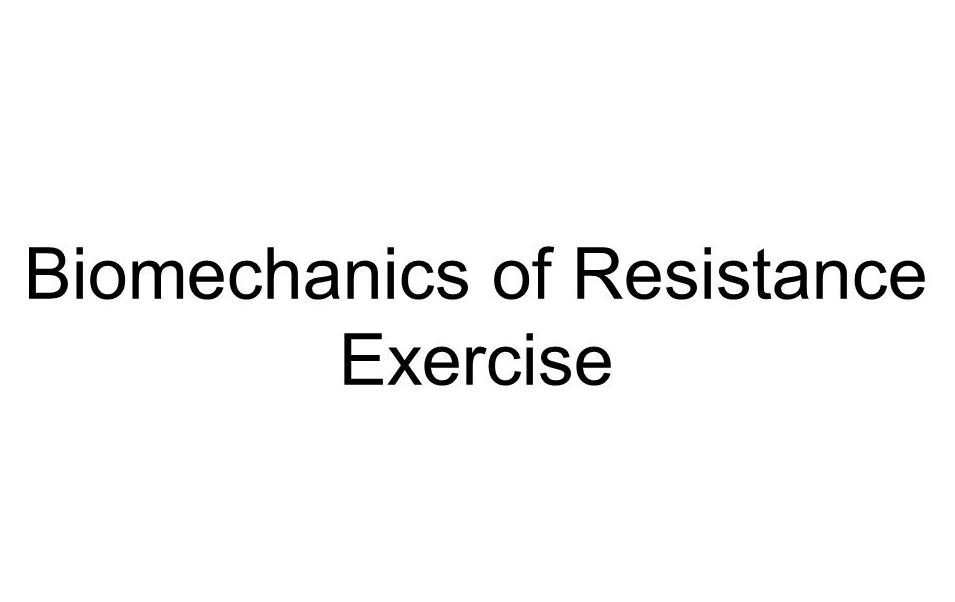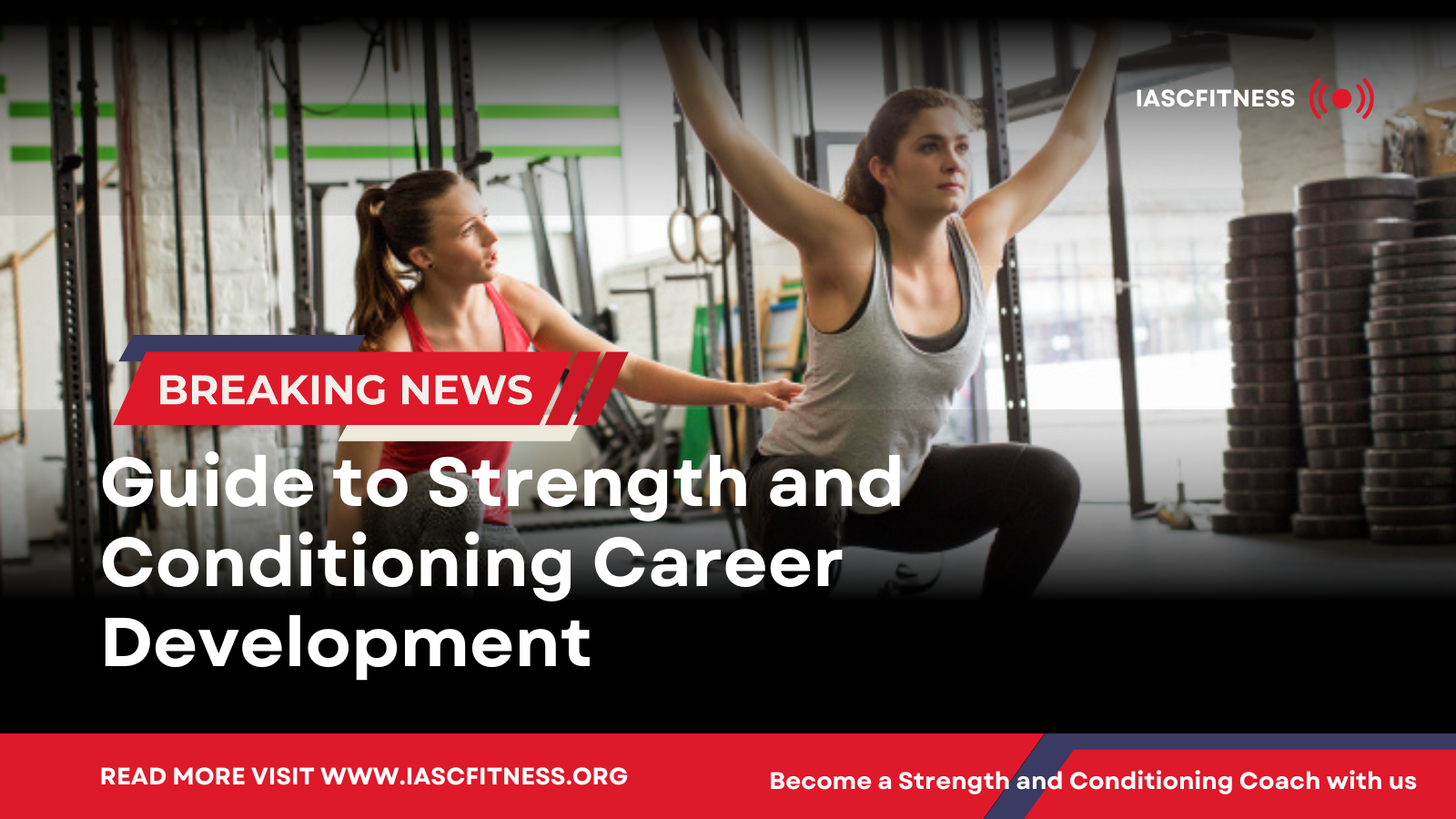Biomechanics is the study of the forces that act on the human body and the effects these forces have on movement. The study of biomechanics is important because it can help us to understand how the body moves and how different exercises can impact our muscles and joints. By understanding biomechanics, we can design better exercises that are more effective and safe.
The word biomechanics comes from the Greek words “bios”, meaning life, and “mechanikos”, meaning machine. It is the study of living organisms and their movement. In the context of resistance exercise, the bio part is represented by the muscles, joints, and other tissues that are active during exercise. Mechanics represents the influence of force and movement on the tissues. In other words, biomechanics is the study of how muscles and joints move in response to the forces acting on them.
The study of biomechanics can help us to understand how different exercises affect our muscles and joints. For example, we know that lifting a heavyweight overhead puts a lot of stress on the shoulder joint. By understanding the biomechanics of this movement, we can design exercises that are safer and more effective.
There are two main areas of biomechanics: kinetics and kinematics. Kinetics is the study of forces and their effects on movement. Kinematics is the study of motion without considering the forces that cause it.
In order to study biomechanics, researchers use a combination of tools and techniques that allow them to measure and analyze movement in great detail. These tools include motion capture systems, electromyography (EMG), force platforms, accelerometers, and others. Together, these tools help us to better understand the biomechanical factors that affect exercise performance and safety.

Basic Mechanics Concepts
In strength conditioning, you will often hear coaches and trainers talk about “mechanical load”. Mechanical load refers to the force that is placed on muscles and joints during exercise. The amount of mechanical load is determined by the weight of the object being lifted, the distance it is being lifted, and the speed at which it is being lifted.
The variety of concepts applying to the three domains that need to be understood is force, distance, speed, inertia, mass, weight, velocity, acceleration, torque, power, and momentum. All these falls under the domain of the three main categories; time, length, and mass (Taiar 2020). The time is measured in seconds, the length is measured in meters, and the mass is measured in kilograms.
To explain the concepts mentioned above, we’ll take the example of common resistance exercises like bench presses and squats. Imagine a person doing a bench press. As they lift the weight, they must apply a certain amount of force to overcome the weight. This force is exerted over a certain distance, from the start position to the end position. The speed at which they move the weight will determine how much work is done. Work is defined as force multiplied by distance. In this example, the heavier the weight, the more force that must be applied, and the longer the distance it must be moved, the more work that will be done.
Now in terms of distance, the person performing the bench press must start at the top of the movement (the starting position), with a controlled motion down, and back up to the top. The movement is a linear fashion, so the distance is easy to calculate. This type of linear movement is called displacement.
In the same exercise, a beginner lifter may take 2 seconds to complete the lift, while a more experienced lifter may take 1 second. The beginner is moving the weight at 0.5 meters per second, while the experienced lifter is moving the weight at 1 meter per second. The experienced lifter is doing twice the work in the same amount of time (Lu and Chang 2012). This is because they are increasing the force they are exerting on the weight, and they are also increasing the distance over which they are exerting that force.
Speed is referred to in terms of velocity. Velocity is a measure of the speed at which an object is moving. In terms of the bench press example, the velocity is simply calculated by taking the distance and dividing it by time. The higher the velocity, the more work that is being done.
Force is a measure of the amount of exertion needed to move an object. It is represented by the equation force = mass x acceleration, where mass refers to the weight of the object being moved, and acceleration refers to how quickly it is moving or changing its state.
In some exercises, like a squat, there are multiple joints that must move together in order to complete a full range of movement. In this case, we refer to torque. Torque can be thought of as an angular version of force. It measures the amount of rotational effort needed to complete a particular movement. Next, we have power. Power is simply calculated by taking the product of force and velocity (power = force x velocity). This means that for any exercise involving multiple repetitions, the total power output is determined by the amount of force being applied, and the speed at which it is being applied.
The last two terms important for understanding biomechanics are inertia and momentum. Inertia is a measure of an object’s resistance to change. The more mass an object has, the more inertia it has. Illustrating it with the example of a bench press, the heavier the weight being moved, the more resistance it will have to changes in state. On the other hand, momentum is a measure of an object’s tendency to keep moving in a particular direction. The harder something is pushed or pulled, the longer that pushing/pulling force is applied, the more momentum an object will gain. The repetitive nature of resistance exercises allows our muscles to build up momentum and inertia, which can be a useful tool for increasing strength and power.
Overall, biomechanics is an important field of study that helps us understand the forces involved in various types of physical movement. By understanding how force and speed are related in these types of movements, we can better optimize our training practices to gain strength and power more effectively. Whether you’re performing a bench press or squat, if you understand the basic biomechanical principles behind them, you will be in a better position to maximize your performance and reach your goals.







